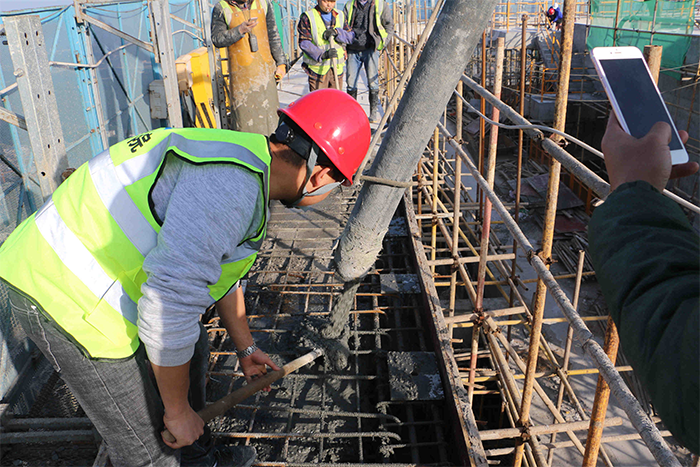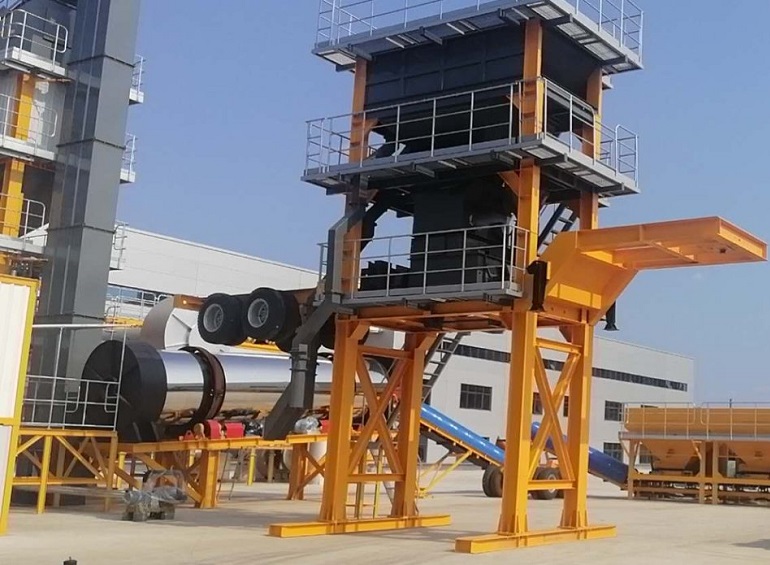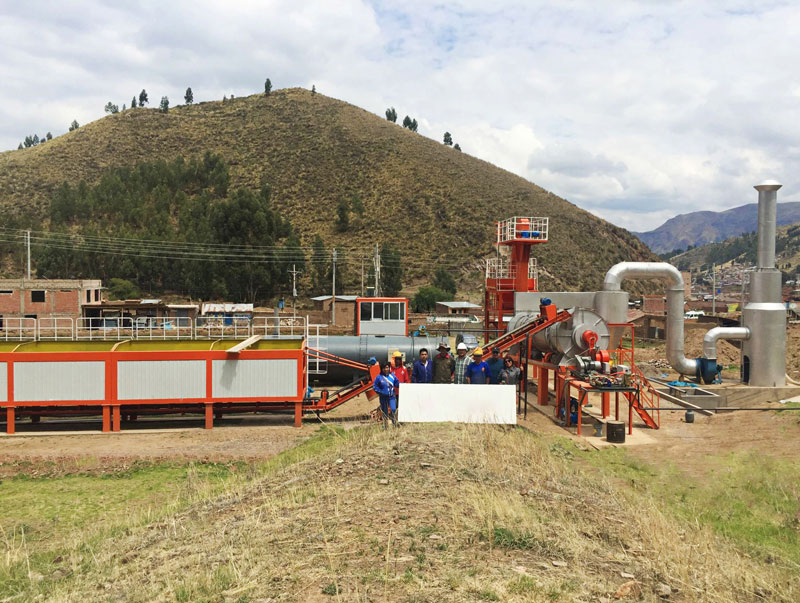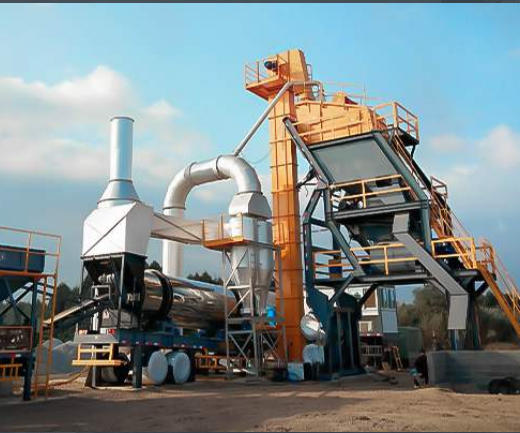What are the reasons for the rapid loss of concrete slump?
01. Impact of raw materials
Whether the cement and pumping agent used are matched and adapted must be obtained through adaptability test. The mixing amount of pumping agent shall be determined through adaptability test with cement cementitious materials. The amount of air entraining and retarding components in the pumping agent has a great impact on the concrete slump loss. There are many air entraining and retarding components, and the concrete slump loss is slow, otherwise the loss is fast. The slump loss of concrete prepared with naphthalene superplasticizer is fast, and the loss is slow when the low positive temperature is below + 5 ℃.
If anhydrite is used as the setting agent in cement, it will accelerate the slump loss of concrete. There is a large content of early strength component C3a in cement. The use of "R" cement, very fine cement and fast cement setting time will accelerate the slump loss of concrete. The slump loss of concrete is related to the quality and content of mixed materials in cement. The content of C3A in cement should be within 4% ~ 6%. When the content is lower than 4%, the components of air entrainment and retarder should be reduced, otherwise the concrete will not solidify for a long time. When the content of C3A is higher than 7%, the components of air entrainment and retarder should be increased, otherwise the slump of concrete will be lost quickly or false setting will occur.
The mud content and mud block content of coarse and fine aggregates used in concrete exceed the standard, and the content of crushed stone needle and flake particles exceeds the standard, which will accelerate the loss of concrete slump. If the coarse aggregate has high water absorption, especially the crushed stone used, it will absorb a lot of water in a short time once it is put into the mixer after high-temperature exposure in the high-temperature season in summer, resulting in accelerated slump loss of concrete in a short time (30min).
02. Influence of mixing process
The concrete mixing process also has an impact on the concrete slump loss. The mixer model is related to the mixing efficiency. Therefore, the mixer is required to be overhauled regularly and the mixing blades should be replaced regularly. The concrete mixing time shall not be less than 30s. If it is less than 30s, the slump of concrete is unstable, resulting in relatively accelerated slump loss.

The influence of temperature on concrete slump loss should be paid special attention. When the temperature is higher than 25 ℃ or 30 ℃ in hot summer, the concrete slump loss should be accelerated by more than 50% compared with that at 20 ℃. When the temperature is lower than + 5 ℃, the concrete slump loss is very small or no loss. Therefore, during the production and construction of pumped concrete, we should pay close attention to the influence of air temperature on concrete slump.
The use temperature of raw materials is high, which will increase the temperature of concrete and accelerate the loss of slump. Generally, the concrete outlet temperature shall be within 5 ~ 35 ℃. If it exceeds this temperature range, corresponding technical measures shall be taken, such as adding cold water, ice water and groundwater to cool and heat the service temperature of water and raw materials, etc.
Generally, the maximum service temperature of cement and admixtures shall not be higher than 50 ℃, and the service temperature of pumped concrete heating water in winter shall not be higher than 40 ℃. Otherwise, it will not only accelerate the loss of concrete slump, but also cause rapid setting of concrete, false setting state in the mixer, and it is difficult to get out of the machine or transport to the site for unloading.
The higher the use temperature of the cementitious material used, the worse the plasticizing effect of the water reducing component in the pumping agent on the concrete, and the concrete slump loss will accelerate. The concrete temperature is directly proportional to the slump loss. The slump loss can reach about 20 ~ 30mm when the concrete increases by 5 ~ 10 ℃.
04. Strength grade
The slump loss of concrete is related to the strength grade of concrete. The slump loss of high-grade concrete is faster than that of low-grade concrete, and the loss of crushed stone concrete is faster than that of pebble concrete. The main reason is related to the amount of cement per unit.
05. Concrete state
The loss of static slump of concrete is faster than that of dynamic slump. During dynamic, the concrete is continuously stirred, so that the water reducing component in the pumping agent can not fully react with the cement, which hinders the cement hydration progress, so as to reduce the slump loss; In the static state, the water reducing component is in full contact with the cement, which accelerates the cement hydration process, so the slump loss of concrete is accelerated.
06. Transportation machinery
The longer the transportation distance and time of concrete mixer truck, the free water of concrete clinker will be reduced due to chemical reaction, water evaporation, aggregate water absorption and other reasons, resulting in the loss of concrete slump over time. Concrete belt conveyor and tumbling barrel will also cause the loss of mortar, which is also an important reason for the loss of concrete slump.
07. Pouring speed and time
In the process of concrete pouring, the longer the concrete clinker reaches the warehouse surface, the free water in the concrete clinker will be rapidly reduced due to chemical reaction, water evaporation, aggregate water absorption and other reasons, resulting in slump loss. Especially when the concrete is exposed to the belt conveyor, the surface has a large contact area with the external environment, and the water will evaporate rapidly, It has the greatest influence on the slump loss of concrete. According to the actual measurement, when the temperature is about 25 ℃, the on-site slump loss of concrete clinker can reach 4cm in half an hour.
Different concrete pouring time is also an important reason for the loss of concrete slump. The impact in the morning and evening is small, and the impact in the noon and afternoon is large. The temperature in the morning and evening is low, and the water evaporation is slow. The temperature in the noon and afternoon is high, and the water evaporation is fast. The faster the water loss, the greater the slump loss of concrete, the worse the fluidity and cohesion of concrete, and the more difficult it is to ensure the quality.



 RU
RU MM
MM AR
AR




